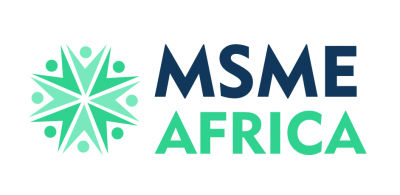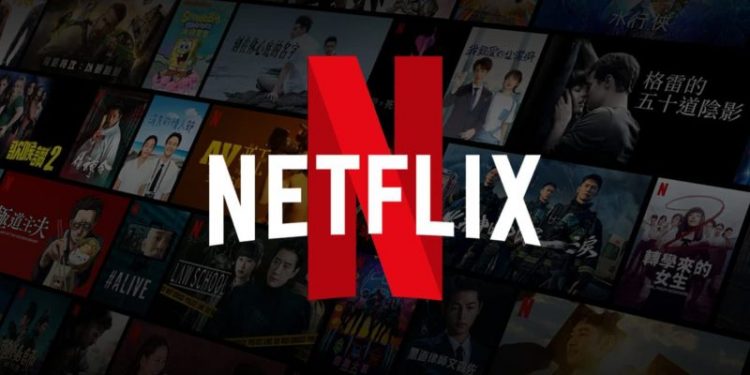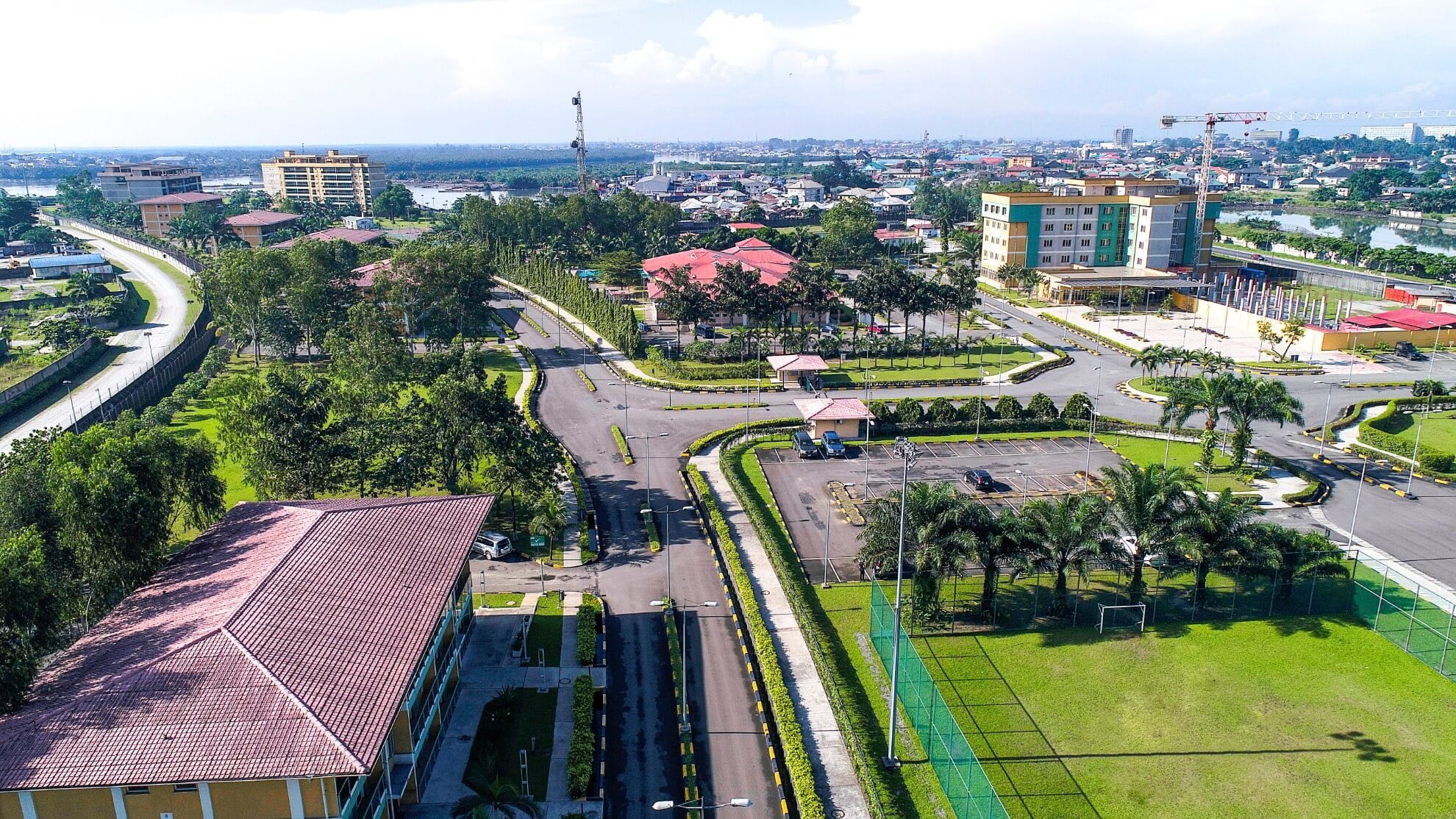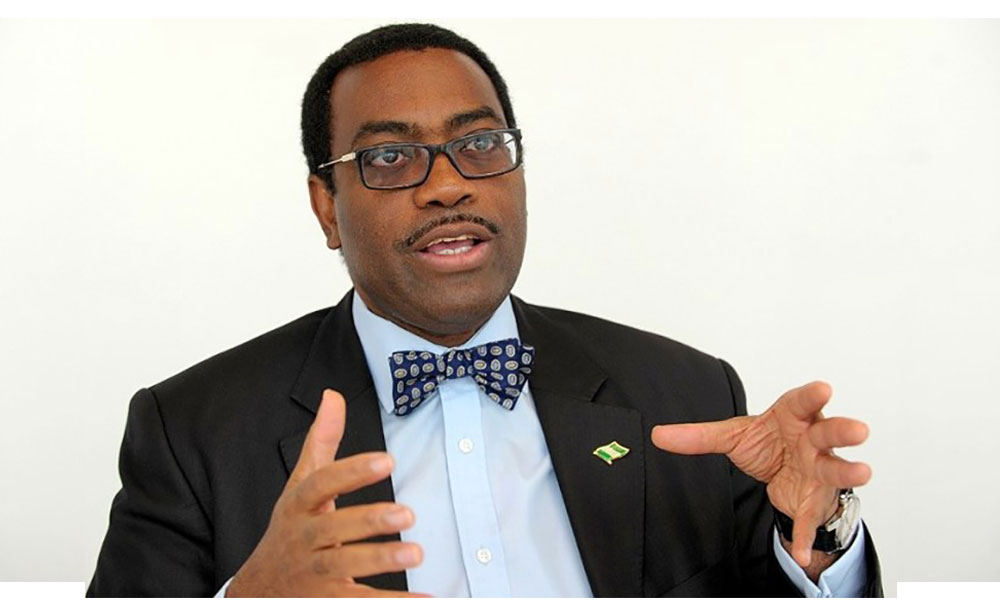Netflix achieved a significant milestone in Q4 2024, adding 18.9 million new subscribers—nearly six million more than in the same period last year—bringing its global subscriber base to over 300 million. This growth surpassed Wall Street expectations and marked Netflix’s largest quarterly gain to date.
The surge in subscribers is attributed to high-profile events such as the Jake Paul vs. Mike Tyson boxing match and Christmas Day NFL games, alongside the return of hit series like “Squid Game.” Despite this success, Netflix has announced price hikes in select markets, including the U.S., Canada, Portugal, Argentina, and African regions like Nigeria.
In the U.S., the ad-supported tier will increase from $6.99 to $7.99, the standard ad-free plan will rise from $15.49 to $17.99, and the premium tier will climb from $22.99 to $24.99. This is the first price increase for the ad-supported plan since its launch in 2022.
In Nigeria, Netflix raised subscription prices twice in 2024, with the Premium plan increasing by 40% to ₦7,000 ($4.40) and the Mobile plan rising by 37.5% to ₦2,200 ($1.38). These hikes come amid economic struggles, leading to concerns about affordability for Nigerian consumers.
The price hikes are aimed at funding Netflix’s $18 billion programming budget for 2025, which will include live events and original series. The ad-supported tier has become increasingly popular, making up more than 55% of new sign-ups in Q4.
While the expanded content offerings, including live events, enhance Netflix’s appeal, the repeated price hikes present challenges, particularly in African markets where disposable income is limited. In Nigeria, the balance between entertainment costs and essential living expenses is becoming increasingly difficult for consumers.
Netflix’s rapid subscriber growth showcases its global reach, but the company’s pricing strategy needs to account for regional economic conditions to maintain its growth and subscriber satisfaction.










